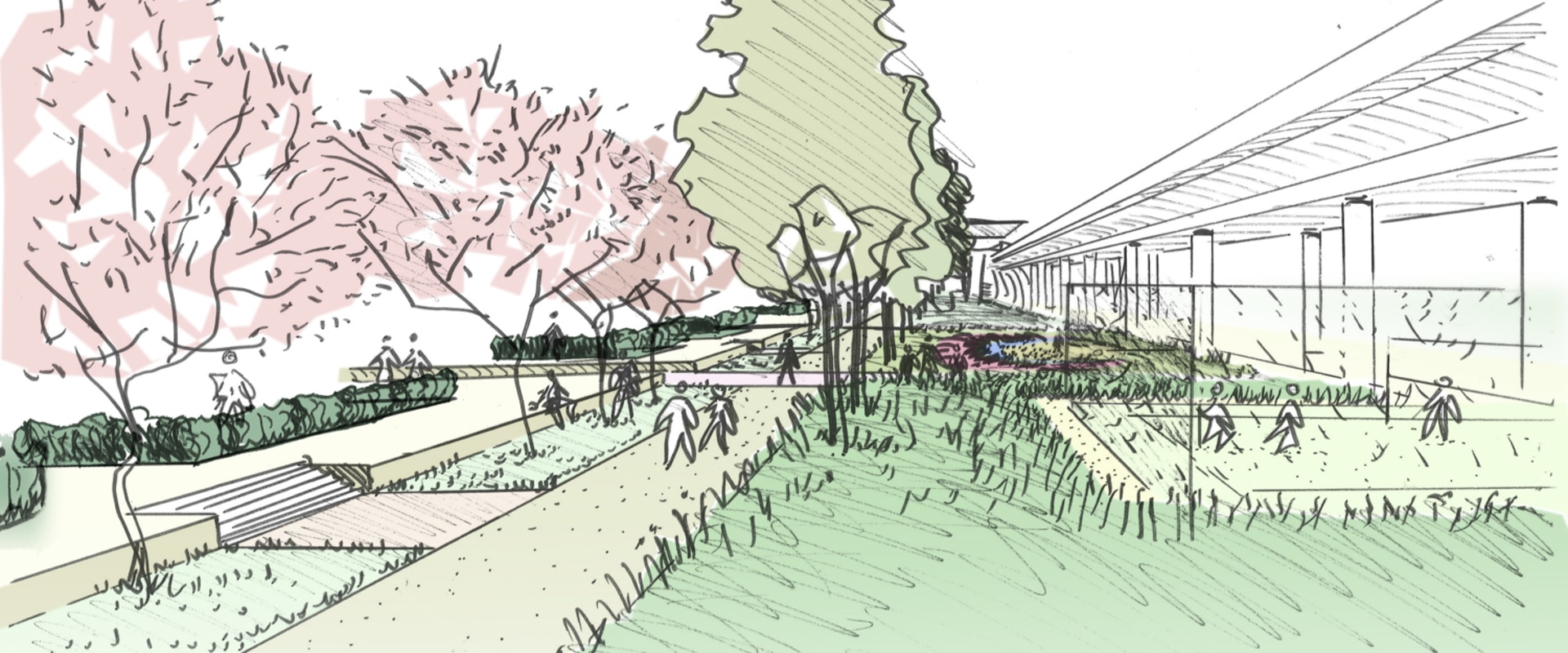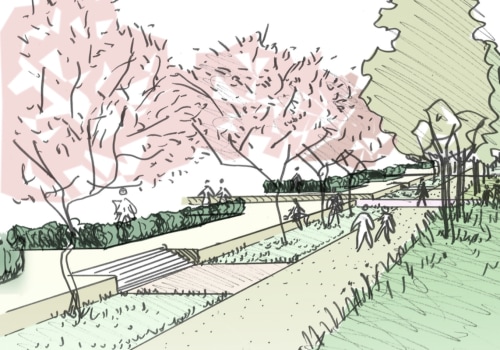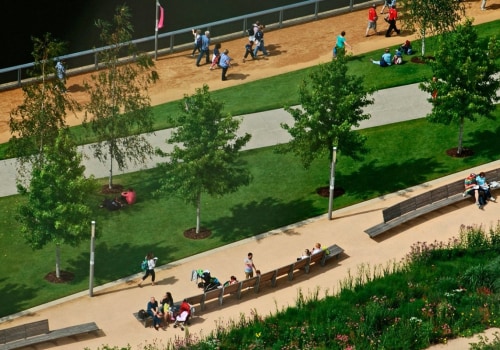Landscape architecture involves planning, designing, managing and caring for natural and built environments. With their unique skills, landscape architects work to improve human and environmental health in all communities. Landscape architects are designers of environments, environments that encompass both the natural and social worlds, urban spaces and nature, land, water and air.
They design
for people and communities, plants and animals.They consider social and natural processes and aim to protect human and environmental health and well-being. Landscape architecture is the design of outdoor areas, landmarks and structures to achieve environmental, socio-behavioral or aesthetic results. It involves the systematic design and general engineering of various structures for construction and human use, the investigation of existing social, ecological and soil conditions and processes in the landscape, and the design of other interventions that will produce the desired results. The scope of the profession is broad and can be subdivided into several subcategories, including professional or licensed landscape architects who are regulated by government agencies and possess the expertise to design a wide range of structures and landforms for human use; landscape design that is not a licensed profession; site planning; stormwater management; erosion control; environmental restoration; parks, recreation and urban planning; visual resource management; green infrastructure planning and provision; and master landscape planning and design of private residences and estates; all in different design, planning and management scales.
A professional in the landscape architecture profession may be called a landscape architect, however, in jurisdictions where professional licenses are required, often only those who hold a landscape architect license can be called landscape architects. Landscape architecture, development and decorative planting of planned gardens, courtyards, grounds, parks and other outdoor green spaces. Landscape gardening is used to improve nature and create a natural environment for buildings, towns and cities. It is one of the decorative arts and is allied with architecture, urban planning and horticulture.
Landscape architects are designers, not gardeners. Site analysis and construction supervision take landscape architects to the field, but they do not personally install or take care of projects. A landscape architect's typical day takes you from site visits to client meetings, combined with time. Landscape architects shape the world around us through analysis, planning, design and management of the natural and built environment.
His work involves the conceptual and detailed design of environments ranging from urban landscapes to parks and playgrounds, creating restored wetlands and river systems, transit solutions and tourism strategies, private backyards to planning new suburbs and even cities. Landscape architecture attracts people with broad interests in the arts and sciences, many of them with experience in design, visual arts, history, and natural and social sciences. Landscape architects draw on their knowledge of landscape aesthetics, environmental design, analytical and problem-solving skills, technical capabilities, as well as professional practice and management skills to create spaces that enhance comforts, add beauty, support the environment and the economy , and increase social health, safety and well-being. He took the term from Meason and made it known in his Encyclopedias and in his 1840 book on Landscape Gardening and Landscape Architecture of the Fate Humphry Repton.
Landscape architects start with natural terrain and improve, recreate, or alter existing landforms. Landscape architects use computer-aided design and drawing (CADD) programs to create representations of their projects. The goals of landscape architects are to improve the natural beauty of a space and promote environmental benefits. Some landscape architects specialize in plant materials, but most consult horticulturists for help with plant selection.
Olmsted, considered North America's most influential landscape architect, also designed Mount Royal Park in Montreal. Professional education in landscape architecture can be obtained at the undergraduate or graduate level. Potential landscape architects can benefit from doing an internship with a landscape architecture company during their educational studies. Landscape contractors typically perform actual construction or maintenance work, and landscape architects or landscape designers handle designs, supervise the project, and monitor progress.
In 1841, his first book, A Treatise on the Theory and Practice of Landscape Gardening, Adapted to North America, was published with great success; it was the first book of its kind published in the United States. Vacancies are generally advertised online through Landscape Institute and in a variety of publications including job listings from local authorities, national newspapers, Architects' Journal and Building Design, as well as their respective websites. . .





Leave Reply